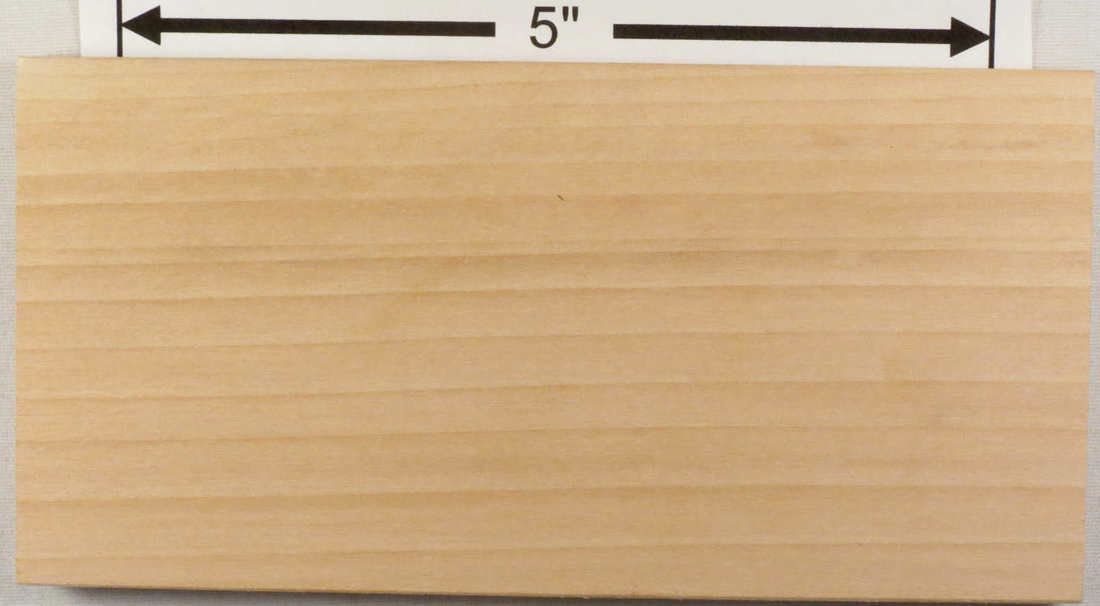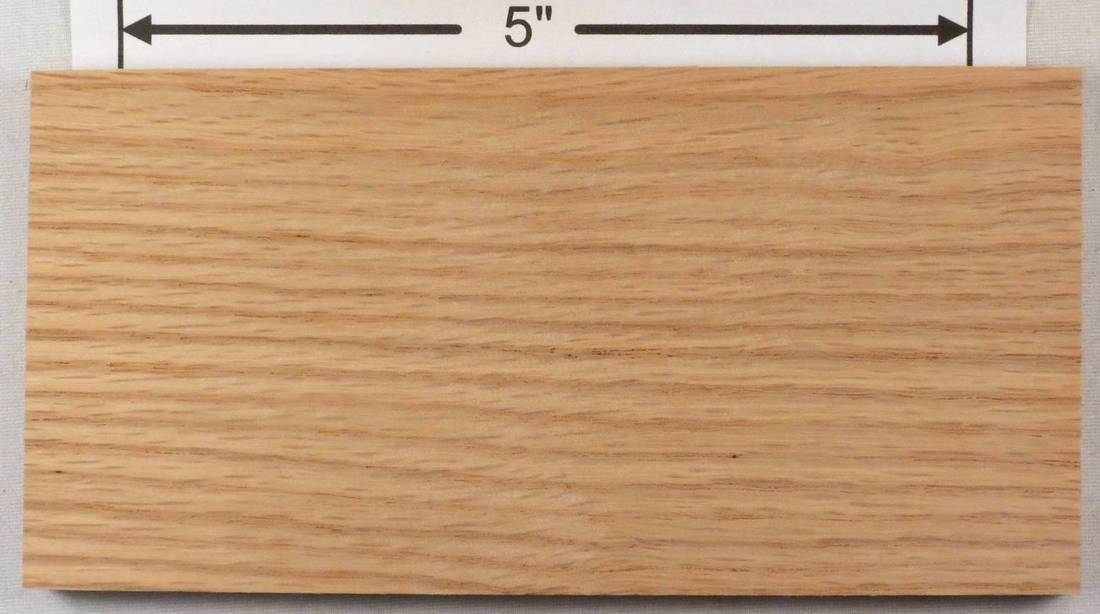Wood Options
Many options are available, but our most popular wood species are alder, walnut, red oak, maple, cherry, hickory and reclaimed wood, in addition to rustic (or rough sawn) pine for our signature barn doors. Unlike big box stores that use manufactured woods, Pioneer Woodwerx only uses solid wood, so regardless of which wood species you choose, the piece is heavy, durable, and will stand to the test of time. Each board is hand selected for each project, ensuring the final piece is both unique and charming. (Due to the specific way we craft our furniture, we do not accept wood supplied by customers.)
Softwood vs. Hardwood
The kind of wood used is really dependent upon your needs. We offer two options, each with pros and cons.
First, we can use softwood, like spruce or pine. The pros of softwoods are that they are very affordable and look great when they are stained. The cons are that softwoods are prone to dings over time. Additionally, softwoods may experience cupping or warping over time. We try our best to let the wood dry out to prevent this, but it is important to acknowledge that this may still happen over time.
The second option is to upgrade to a hardwood, like alder or maple. The pros and cons are virtually the exact opposite of the softwood. The con is that hardwood is more expensive, especially in the Northeast. So the overall cost of your product will be higher to being with. The pros, however, are that hardwoods are more resistant to dings over time, as well as cupping/warping. Overall, hardwoods will provide a more durable product with respect to wear and tear.
Basically think of it like a base model (softwood) and a premium model (hardwood). Both options will provide you with an excellent product. It all really depends on what your budget is.
First, we can use softwood, like spruce or pine. The pros of softwoods are that they are very affordable and look great when they are stained. The cons are that softwoods are prone to dings over time. Additionally, softwoods may experience cupping or warping over time. We try our best to let the wood dry out to prevent this, but it is important to acknowledge that this may still happen over time.
The second option is to upgrade to a hardwood, like alder or maple. The pros and cons are virtually the exact opposite of the softwood. The con is that hardwood is more expensive, especially in the Northeast. So the overall cost of your product will be higher to being with. The pros, however, are that hardwoods are more resistant to dings over time, as well as cupping/warping. Overall, hardwoods will provide a more durable product with respect to wear and tear.
Basically think of it like a base model (softwood) and a premium model (hardwood). Both options will provide you with an excellent product. It all really depends on what your budget is.







